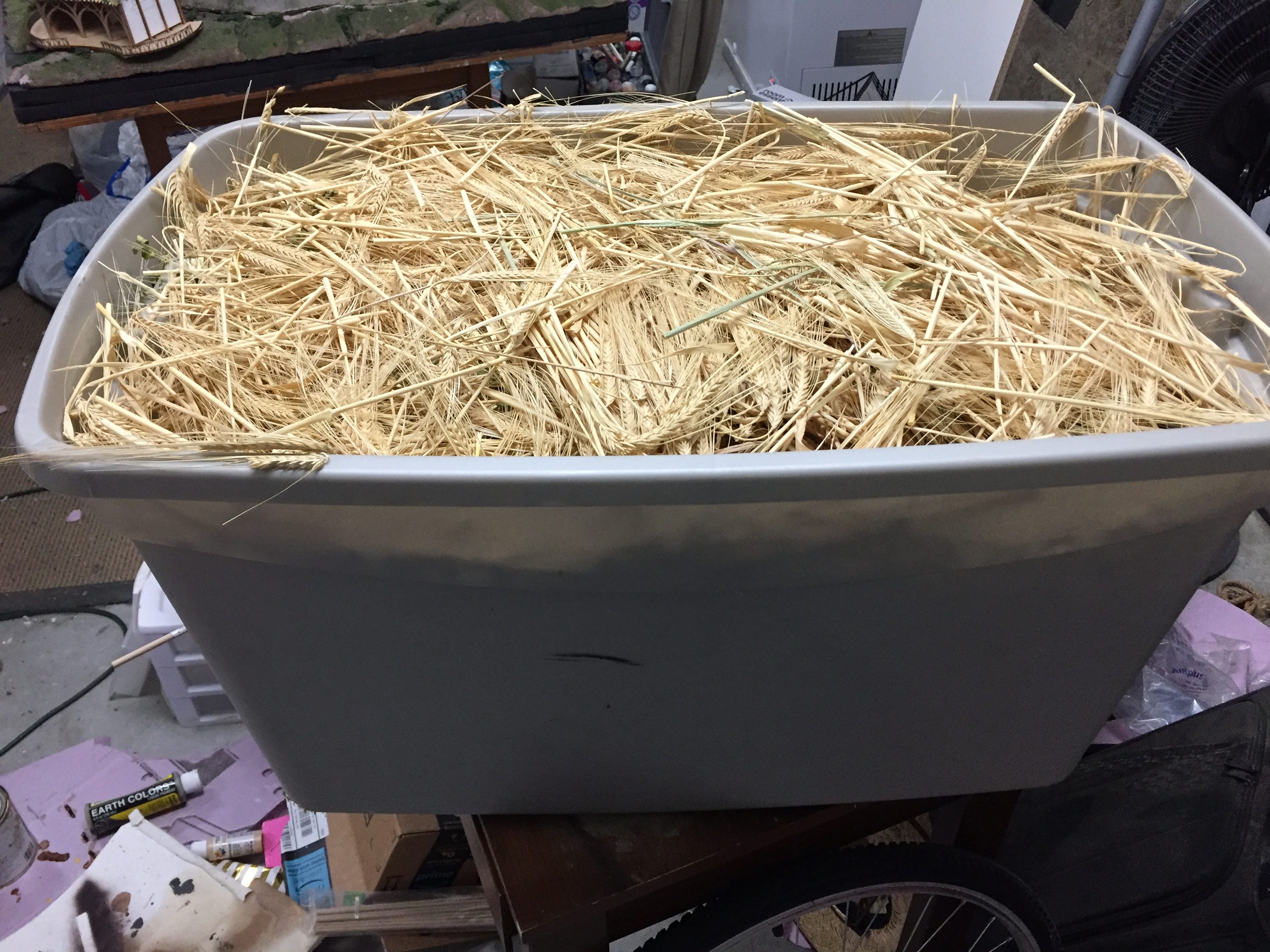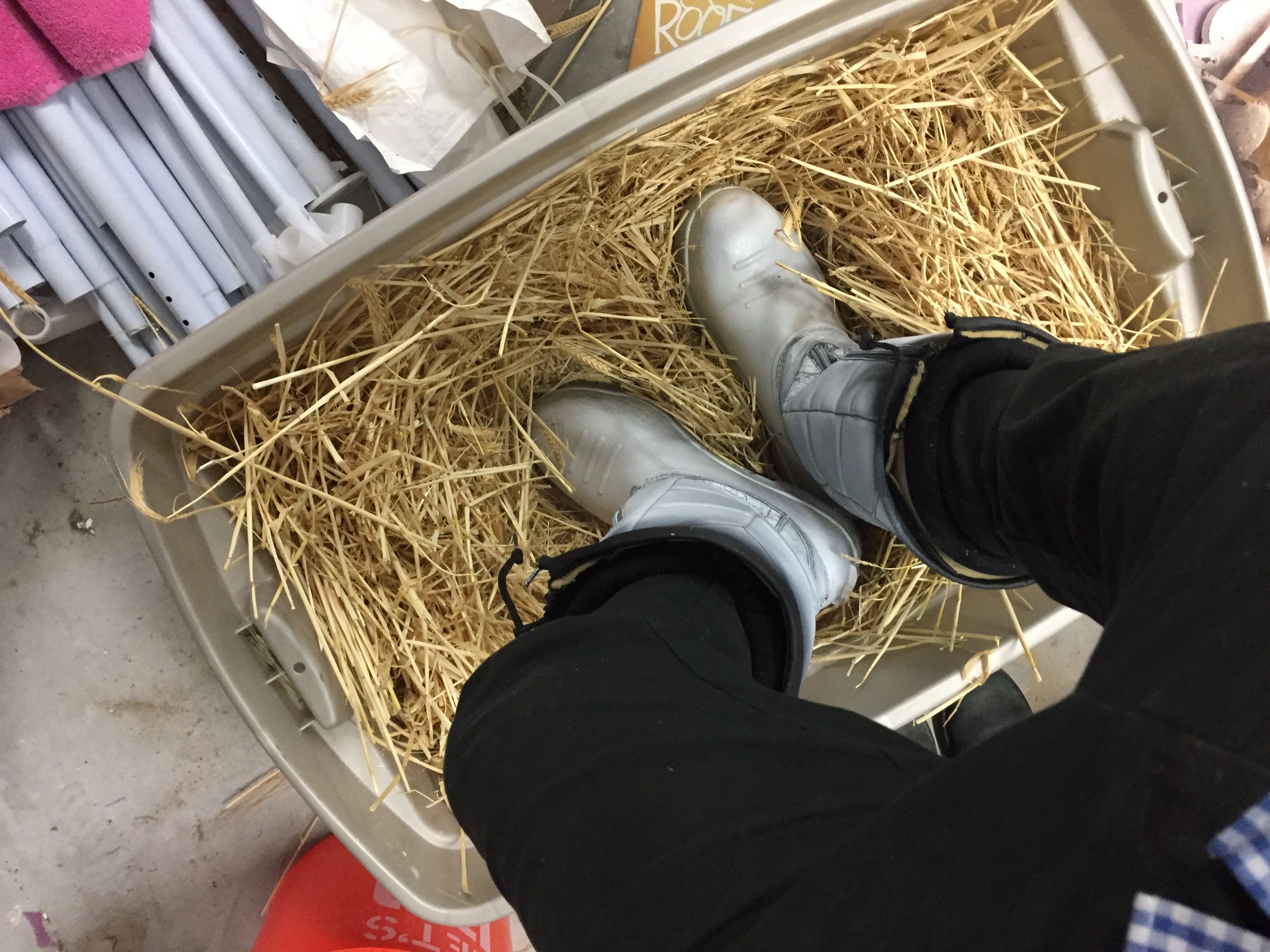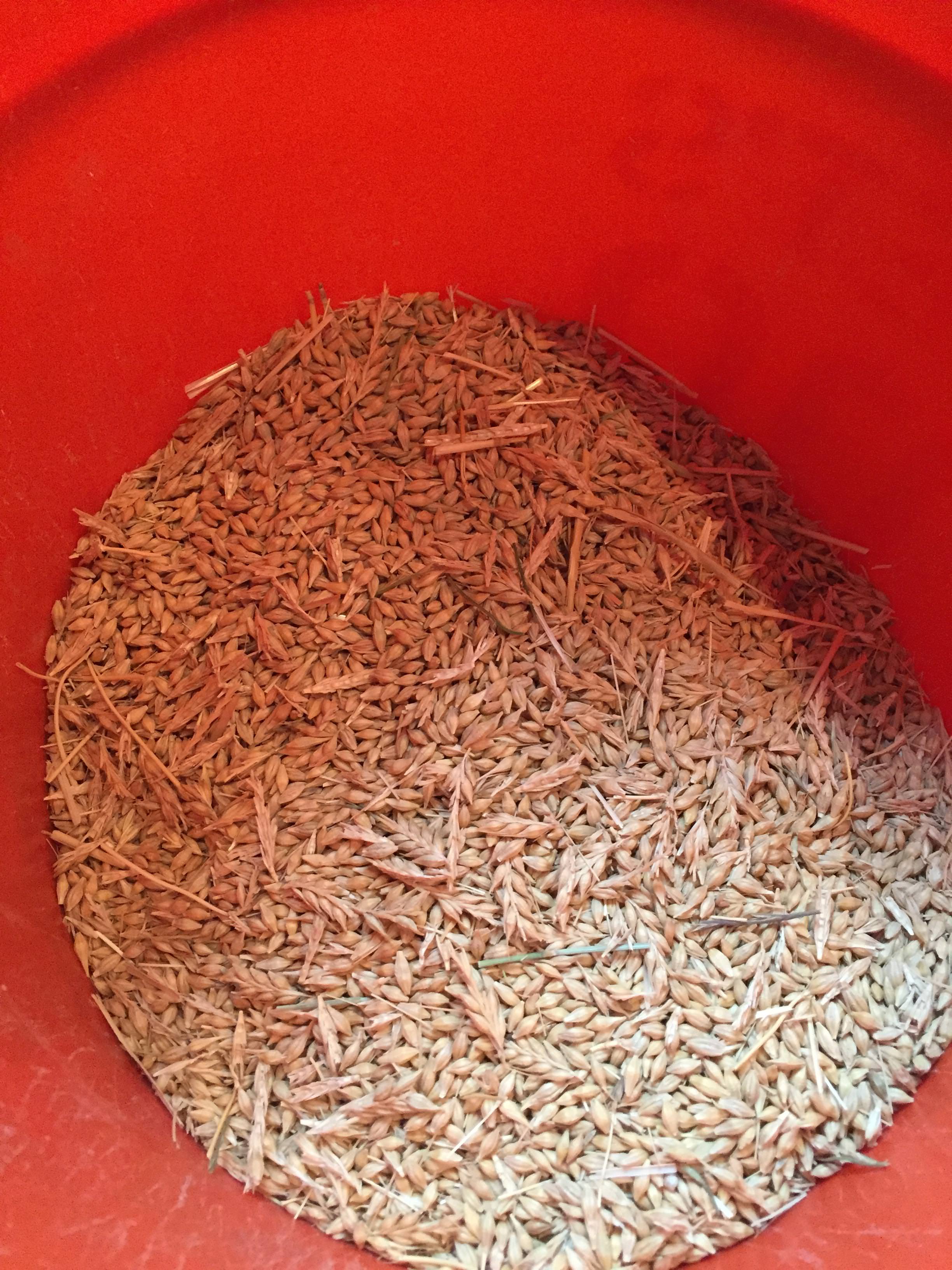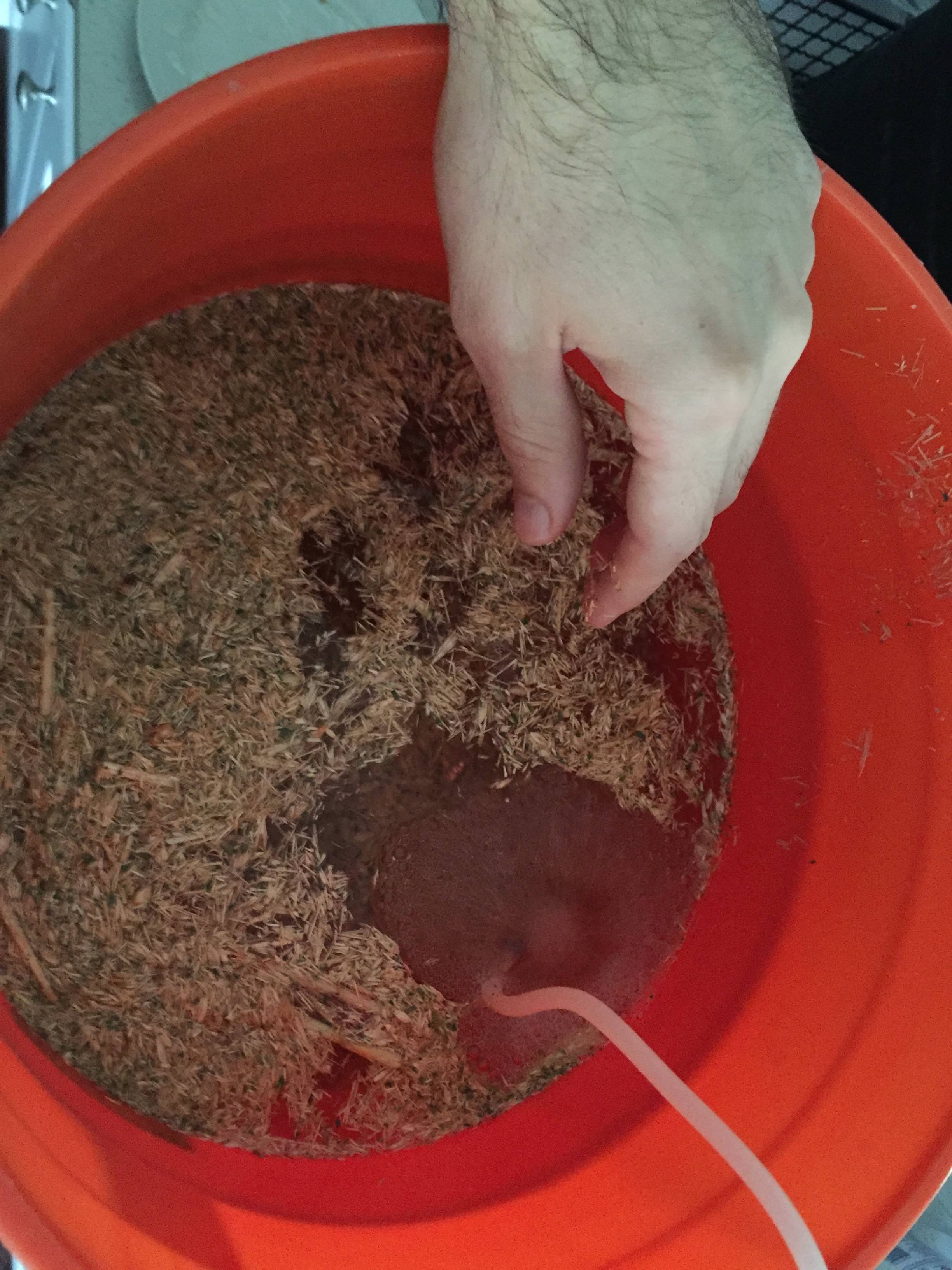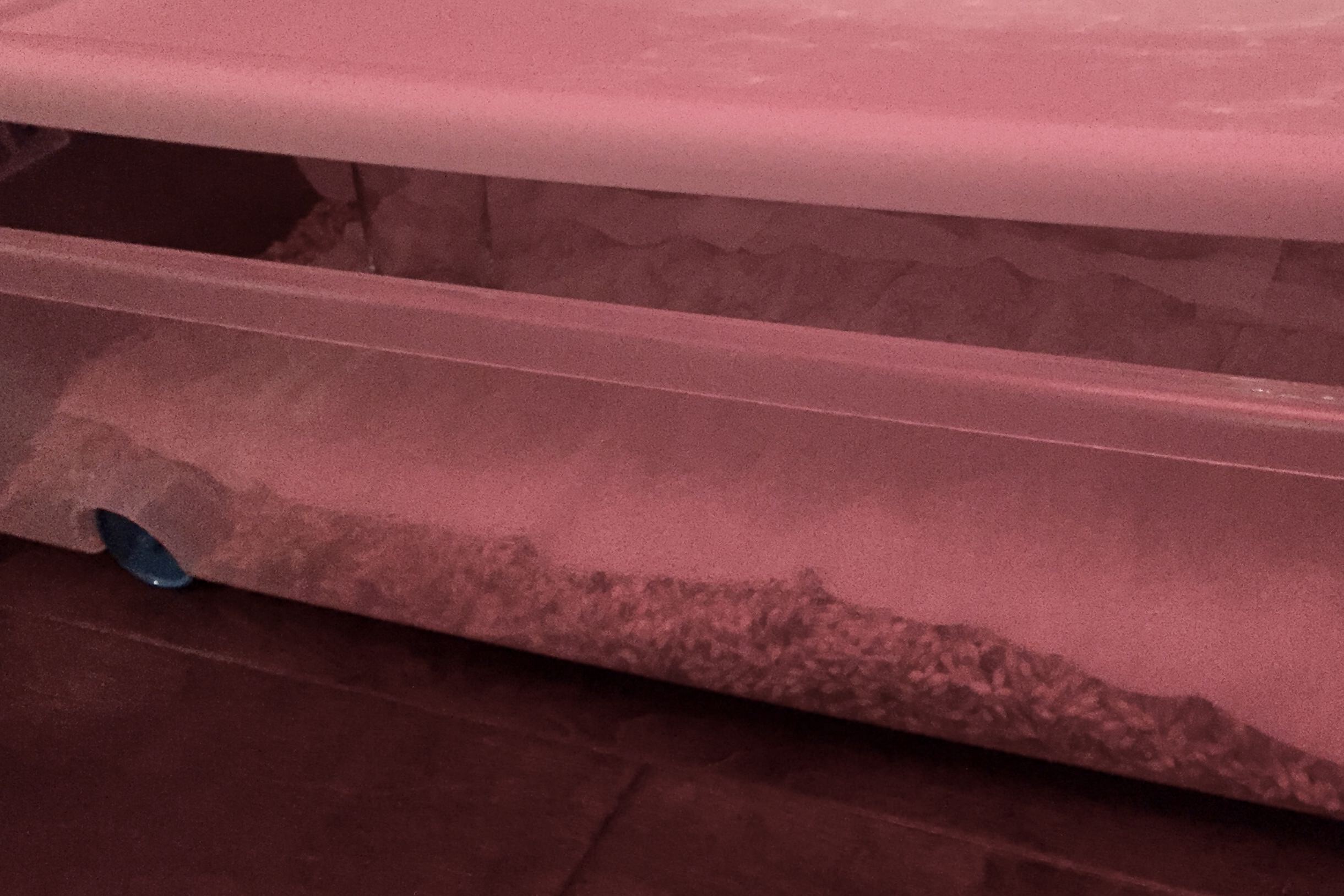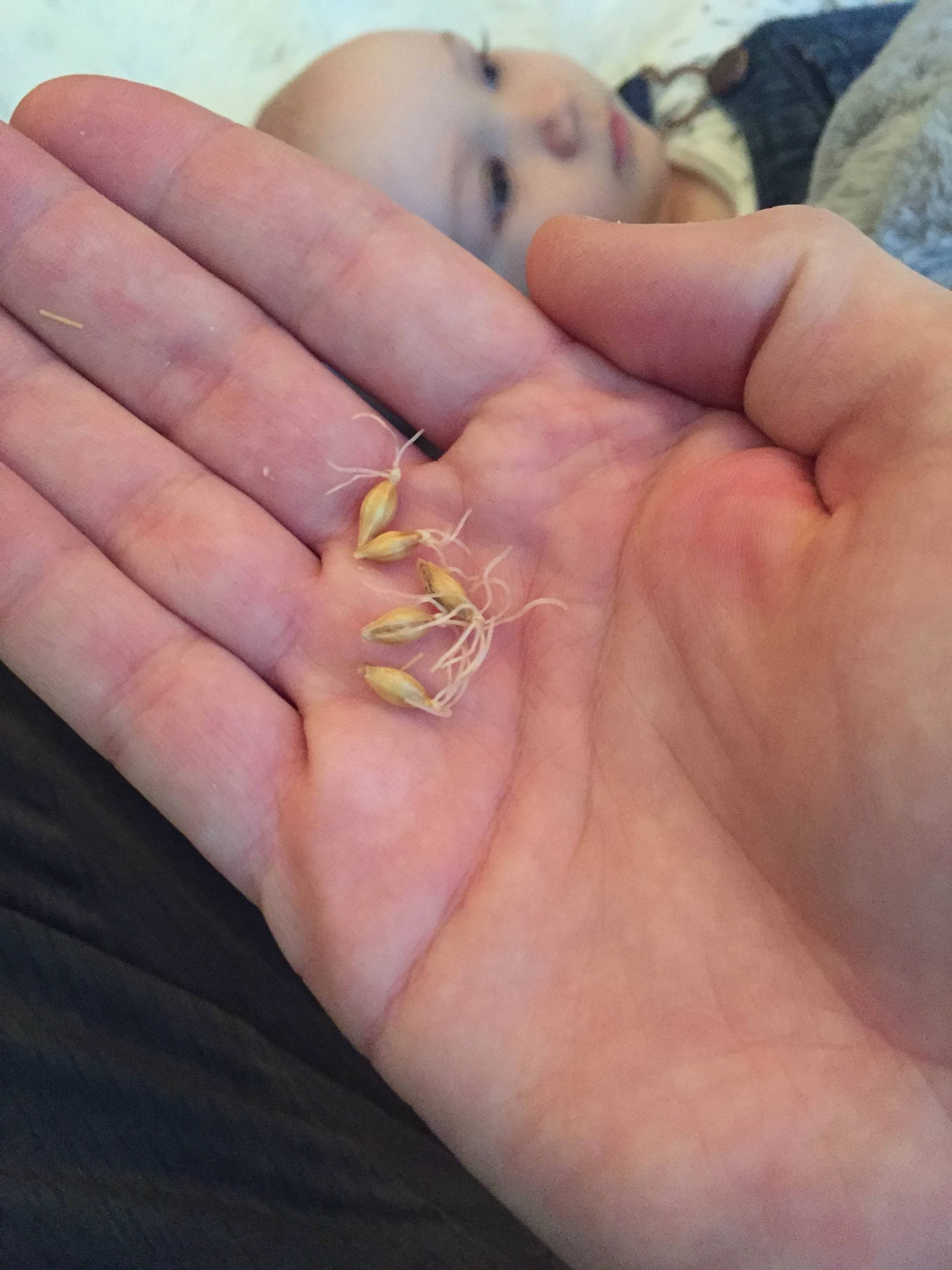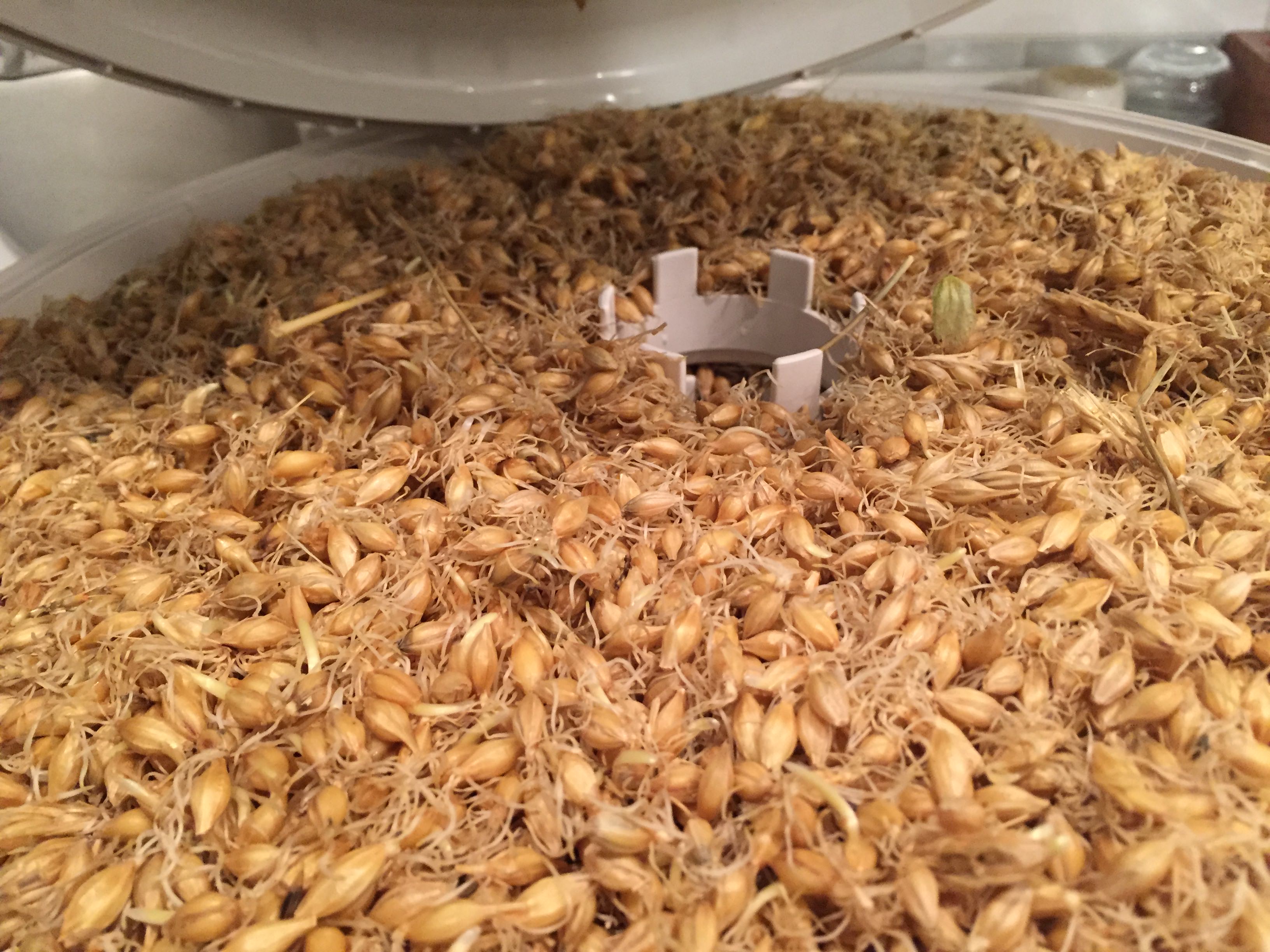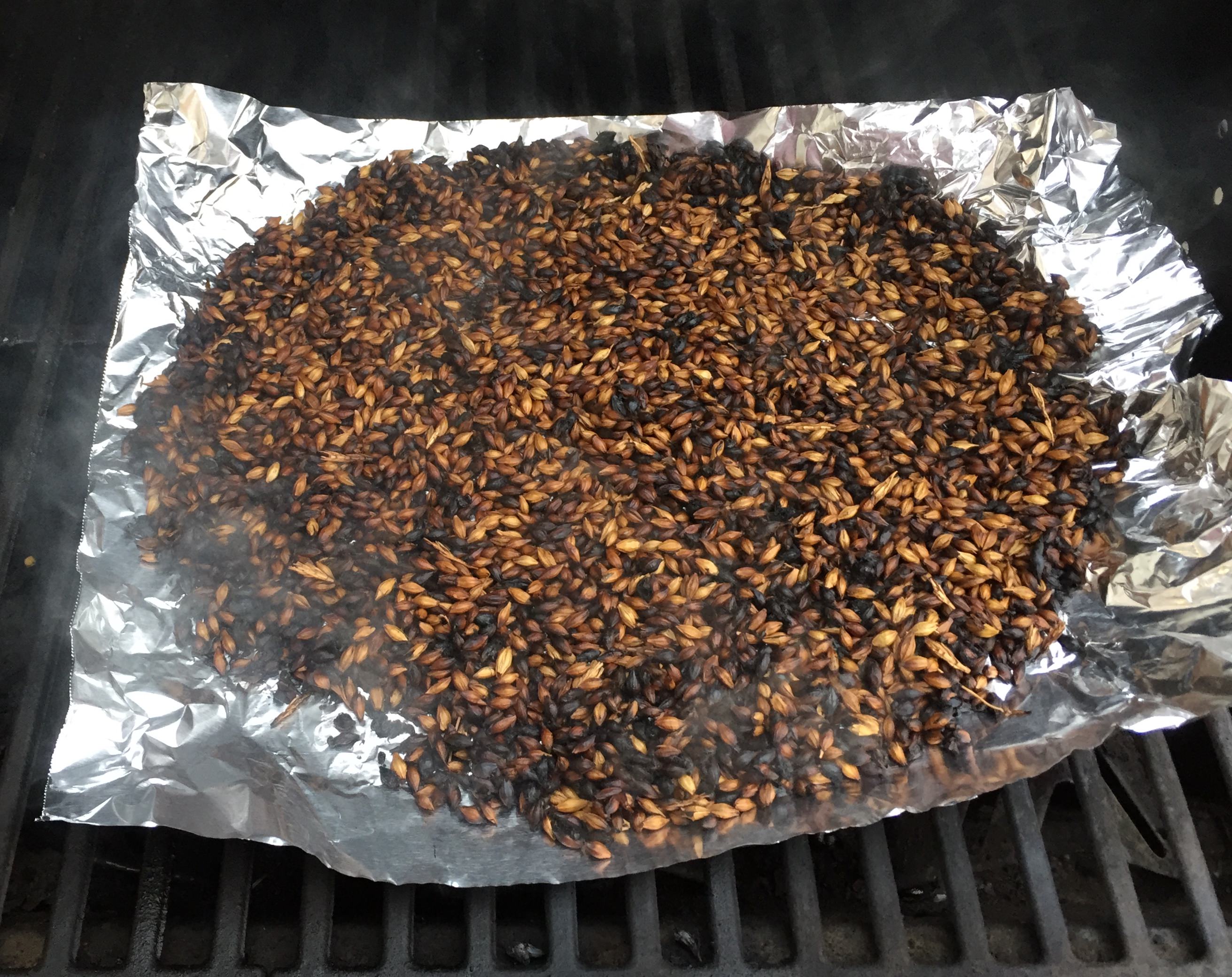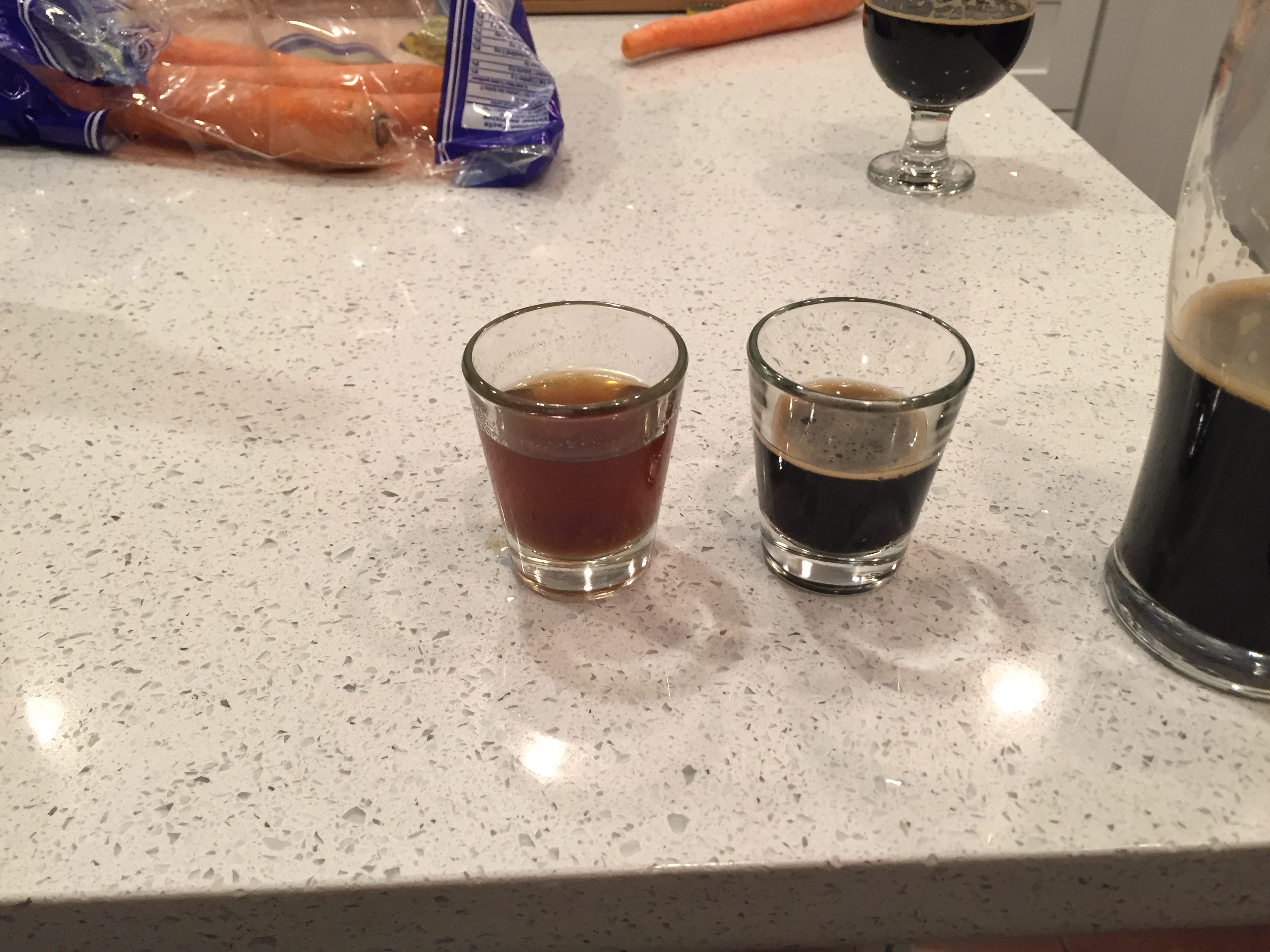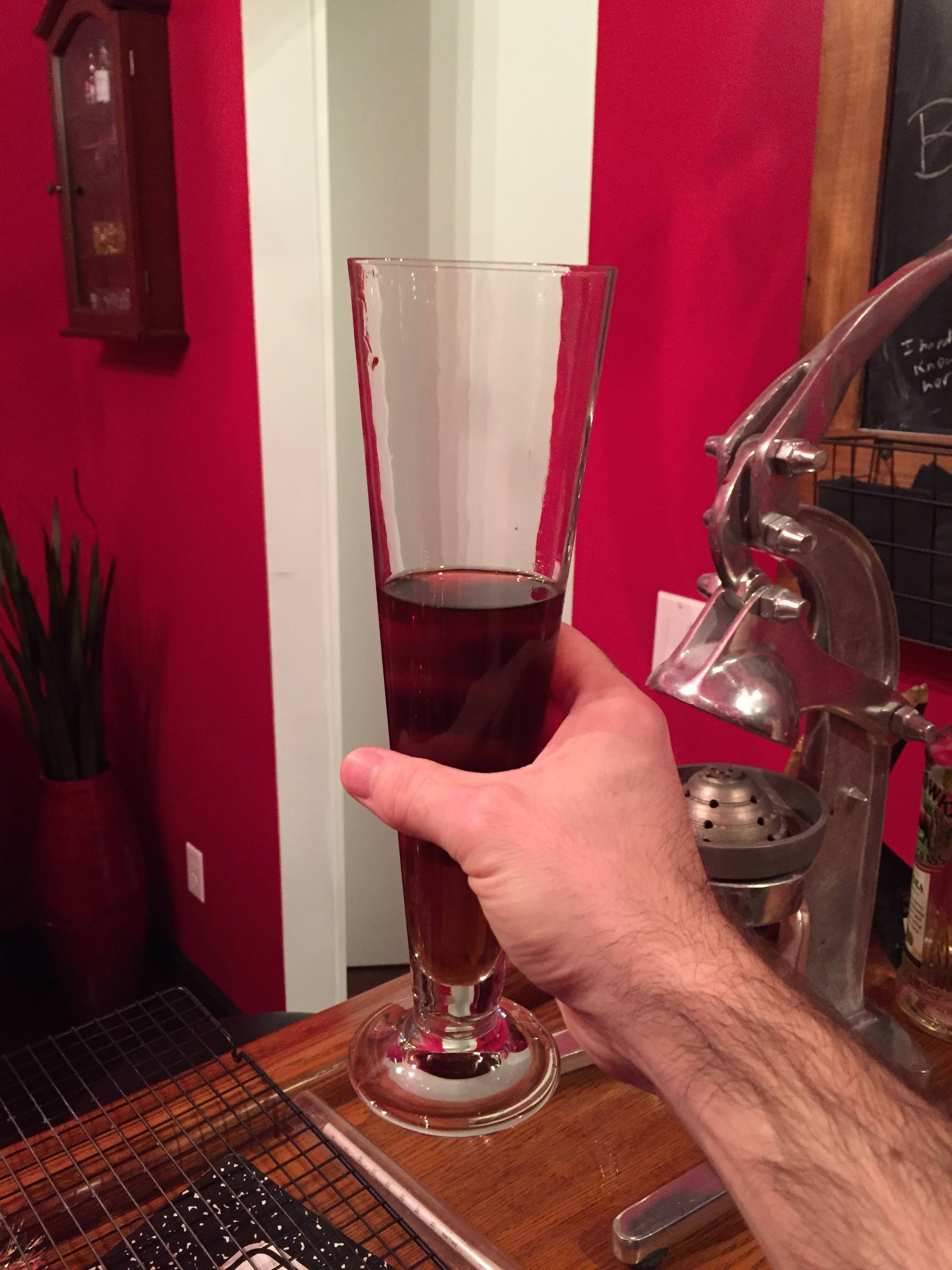farmersteve
Active Member
Has anyone had problems with voles, rats or mice? I have a pretty big garden next to my house and have all types of vegetables, lettuce, herbs and whatever. I know I have rodents digging holes and such, but they don't usually touch my veggies. I decided to plant a 32sqft bed with barley for the hell of it figuring I'll get a few pounds this summer. Twice now I've come out in the morning after I saw my barley starting to break through the ground to have it all mowed down the next morning. I was thinking about putting chicken wire over the bed, but not sure that would keep them out. I could build a fine mesh screen around the bed until the shoots are big enough that the rodents won't eat them. Poison? Ideas?


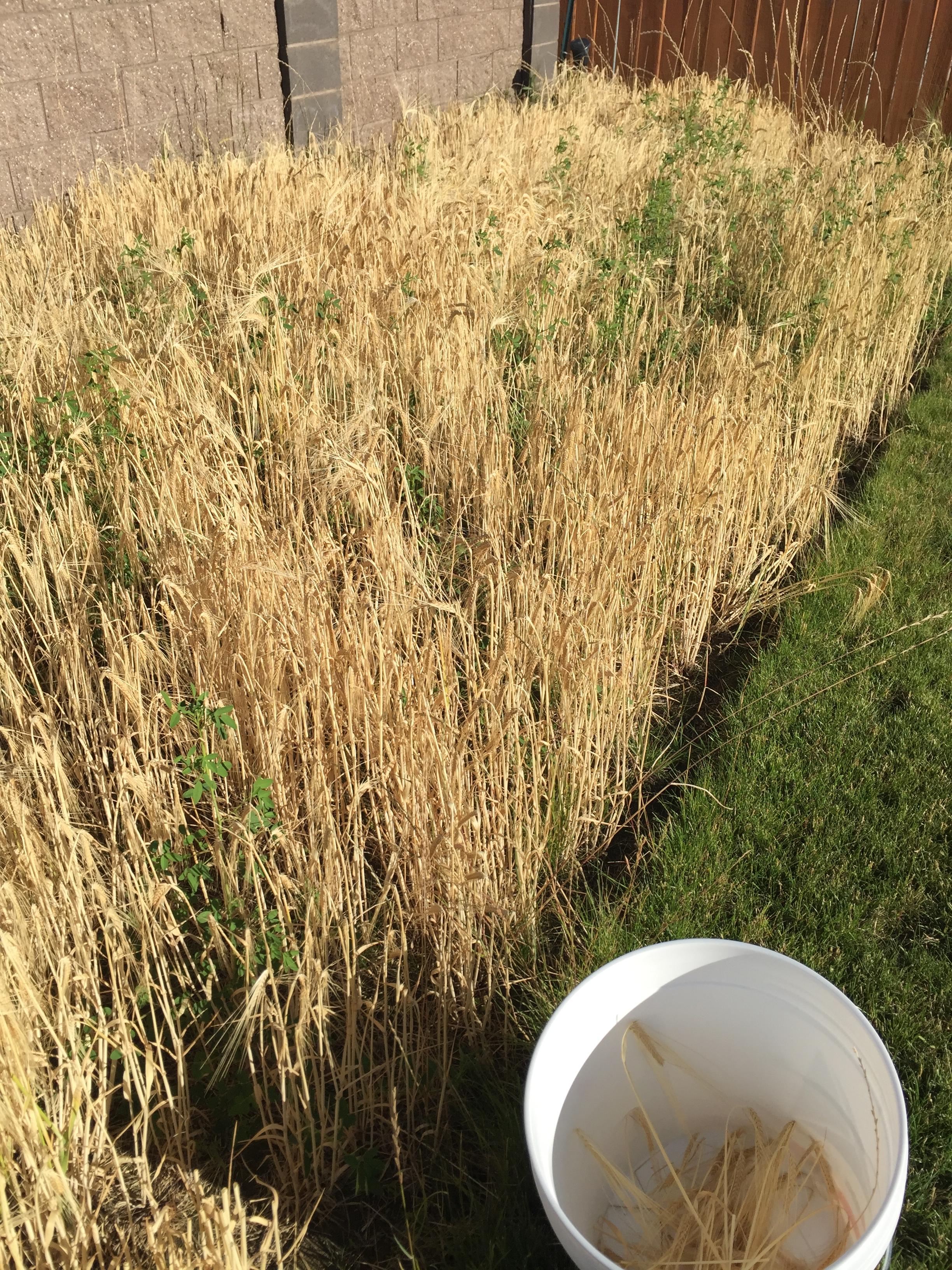







































![Craft A Brew - Safale BE-256 Yeast - Fermentis - Belgian Ale Dry Yeast - For Belgian & Strong Ales - Ingredients for Home Brewing - Beer Making Supplies - [3 Pack]](https://m.media-amazon.com/images/I/51bcKEwQmWL._SL500_.jpg)















